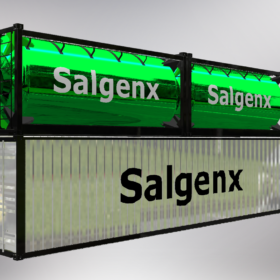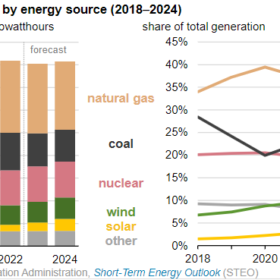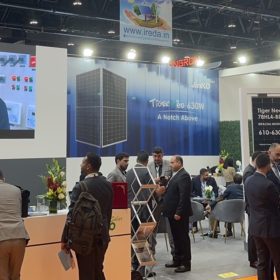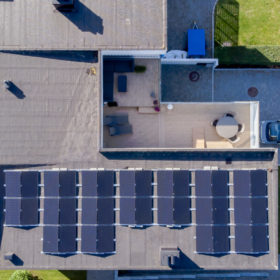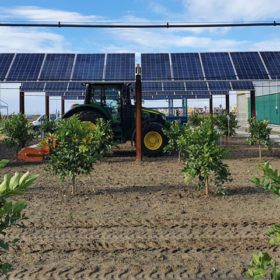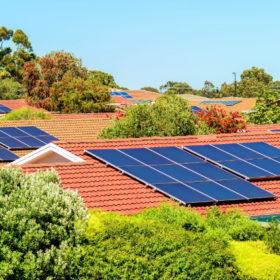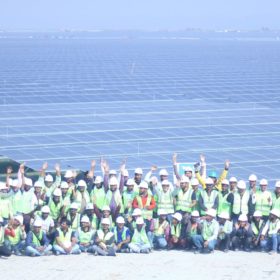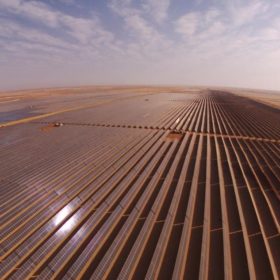US startup unveils saltwater flow battery for large-scale storage
US-based Salgenx has developed a scalable redox flow battery with two separate tanks of electrolytes, one of which is saltwater. Unlike other flow batteries, the new device is membrane-free, promising big gains at the levelized cost of storage level.
US to add 63 GW of PV by end 2024
Solar and wind generation are expected to reach 16% of the US grid’s supply this year, doubling the 2018 total, said the US Energy Information Administration (EIA). By 2024, renewables will account for more than one-quarter of electricity generation in the United States.
Key takeaways from Abu Dhabi’s World Future Energy Summit
The World Future Energy Summit showed that Middle Eastern solar markets are still driven by utility-scale PV, although the C&I sector shows signs of growth. Saudi Arabia, Egypt and the United Arab Emirates are the most promising markets for big solar projects, with huge pipelines under development, while Lebanon and Yemen show promise due to chronic energy shortages.
Spain installed 2.5 GW of distributed PV systems in 2022
Spain’s cumulative PV capacity under its self-consumption regime hit 5.24 GW at the end of December.
Adapting agrivoltaics to different climates, crops
An international consortium led by Italy’s Eurac Research launched the Symbiosyst project to adapt PV modules, mounting structures, and maintenance technologies to the needs of various crops in agrivoltaic installations in different climates.
Romania reduces VAT on residential solar to 5%
The Romanian parliament adopted a reduction from 19% to 5% on value-added tax (VAT) on PV panels for use in residential homes and public buildings.
Bangladesh’s largest solar plant goes online
India’s Rays Power Infra has switched on a 275 MW solar plant in Bangladesh. It says it completed the South Asian nation’s largest PV project within the scheduled time frame of 14 months.
New residential battery inverter solution from China
Esysunhome (ESYSH), a new energy storage company in China, has developed a 5.12 kWh lithium iron phosphate (LFP) battery system with a 7.9 kW inverter. It says six modules can be combined for up to 30.72 kWh of energy storage capacity.
Only5mins! – Brazil set for ‘best year of solar’ in 2023, says ABSolar
Rodrigo Lopes Sauaia, the CEO of the Brazilian Association of Photovoltaic Solar Energy (ABSolar), speaks to pv magazine about why Brazil is poised to install a record-breaking 10.1 GW of new capacity in 2023. He says both distributed-generation and utility-scale PV projects will contribute to “the best year of solar so far.”
Africa closing in on gigawatt-level solar
Solar installations across Africa hit 949 MW in 2022, bringing cumulative capacity past the 10 GW mark, according to the African Solar Industry Association (AFSIA). While that may seem underwhelming for such a huge region, it shows that countries are taking big steps toward realizing the entire continent’s PV potential.
